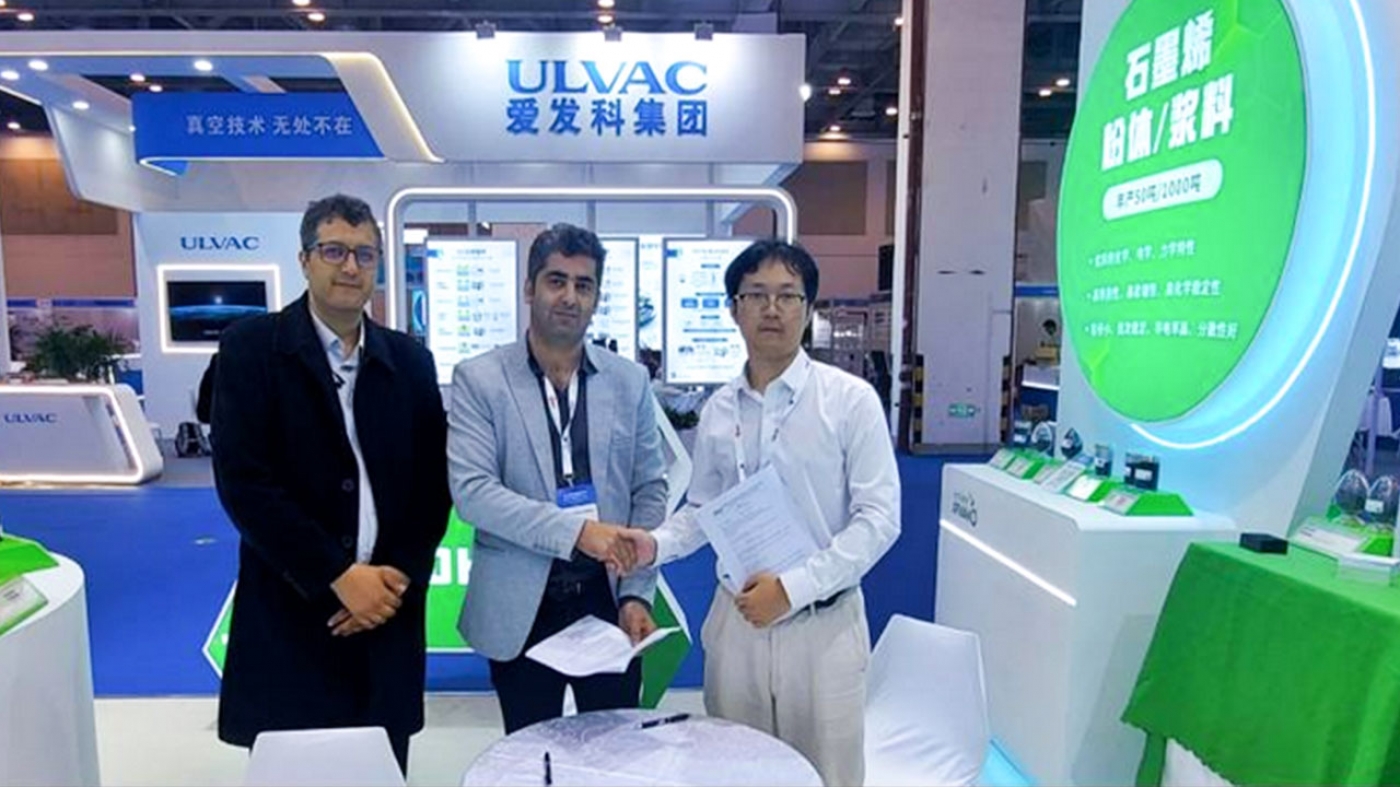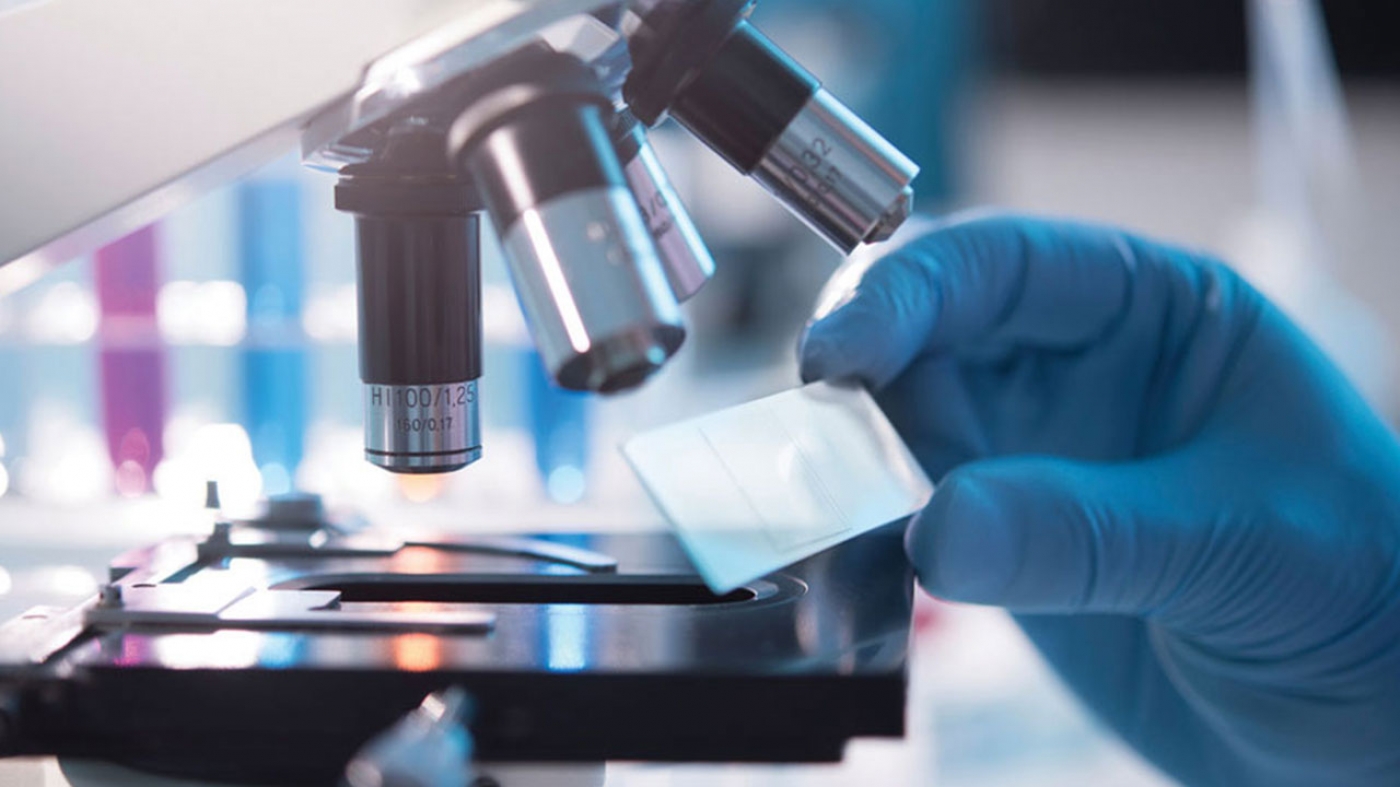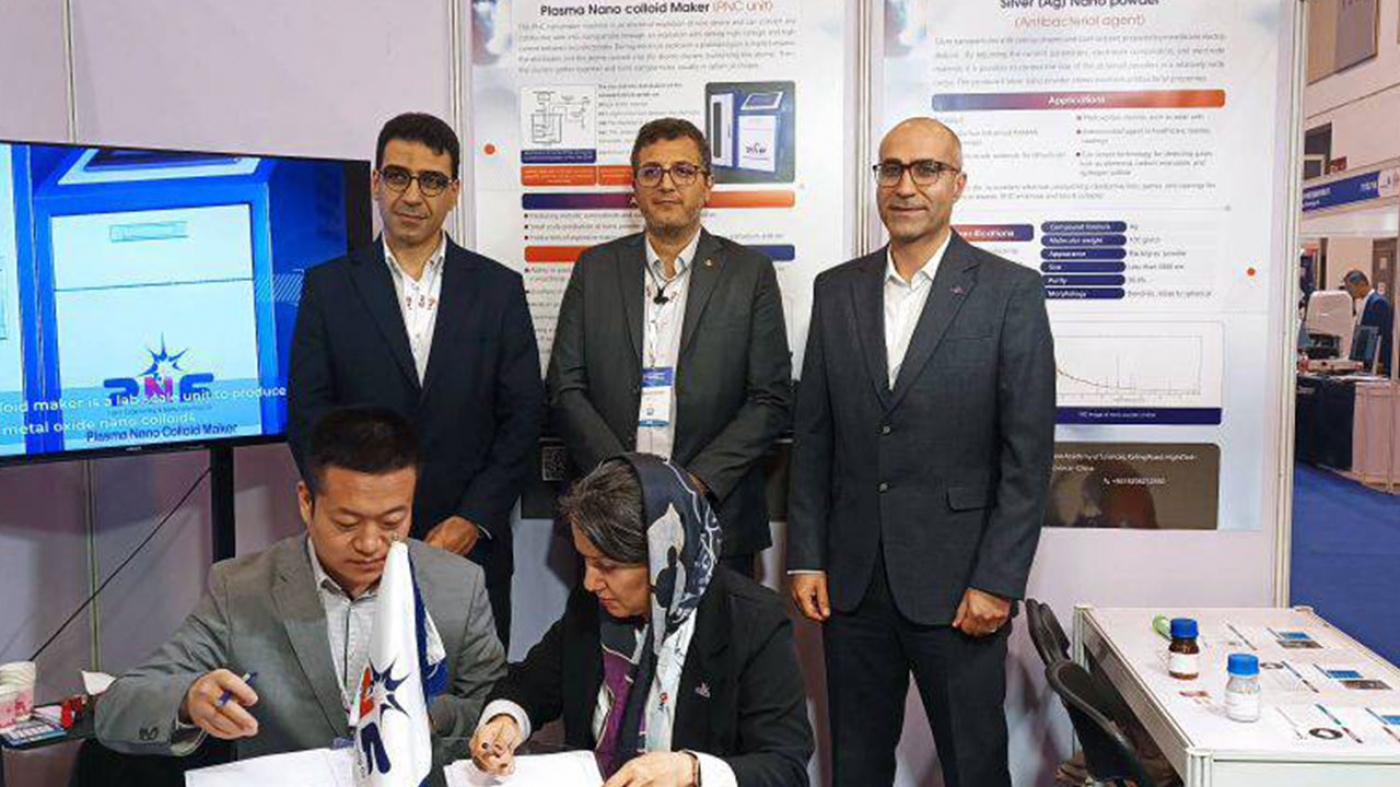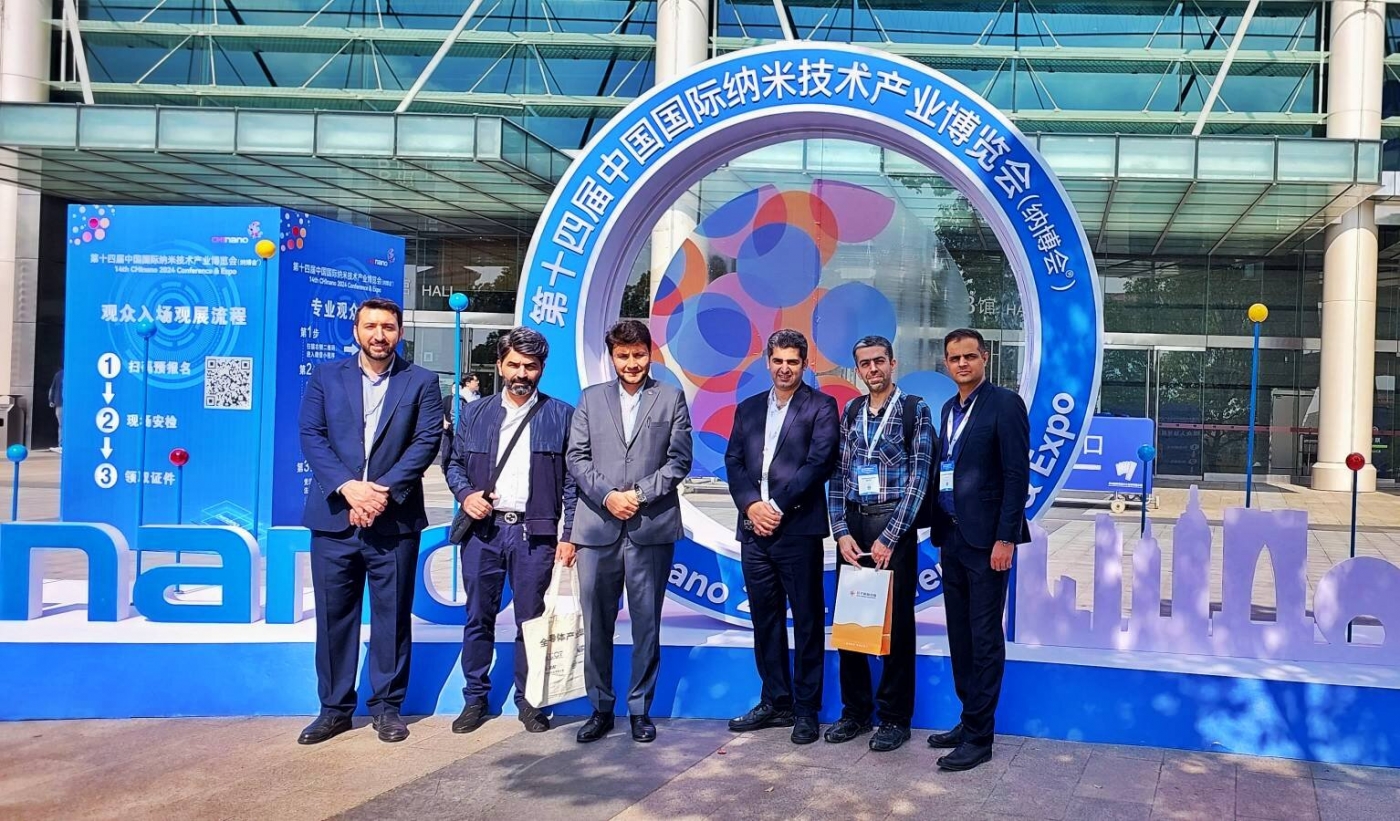
A research team from Sahand University of Technology, Iran, in close collaboration with Tennessee University, USA, designed and manufactured a biological nanosensor capable of detecting the hazardous substances in canned foods with enhanced precision during twenty seconds. Whereas the laboratory-scale production of this nanosensor costs only three thousand tomans, its finished cost including electrical circuits will reach fifty thousand tomans.
The studies confirm that the use of canned foods in a prolonged period of time results in many acute illnesses. It arises from the presence of hazardous substances in the production of canned cans.
"This research effort aimed at monitoring the concentration of hazardous Bisphenol A in canned foods and beverages maintained in plastic containers. The previous methods are costly and require highly specialized laboratories. In addition, they suffer from weak diagnostics and insufficient precision. Therefore, in our research, we have tried to overcome the mentioned limitations in detecting this hazardous substance by designing and manufacturing a cheap and fast bio-nanosensor" said Dr. Hadi Mirzajani, referring to the hazardous substance of Bisphenol A as one of the most commonly used substance in the production of canned cans.
Putting his emphasis on the cost-effectiveness of this sensor, he added: "The fabrication expenditure of this sensor, even in laboratory scale, is about three thousand tomans, being decreased if the mass production is reached. One of the significant factors is the equipment needed to develop this sensor. Since the proposed manufacturing process is well-established, it is possible to supply all equipment necessary for producing the sensor with a total amount of twenty million tomans. The application of this manufacturing method also leads to an exceedingly high sensitivity and short detection time of twenty seconds."
"Aptamer is used as a probe molecule in this sensor. These molecules are nanometric structures one of whose ends are attached to the sensor electrode and other one floats in an analyte-containing solution. To use a specific sensor for a certain application, Aptamers should be selected such that they benefit from high connectivity and selectivity over a particular molecule." added Mirzajani, who mentioned the application of nanotechnology as one of the main reasons for the high accuracy of this sensor.
This research work is conducted by Dr. Hadi Mirzajani (Ph.D graduate of Sahand University of Tabriz) and Dr. Ismael Najafi Aghdam and Dr. Habib Badri Ghavi Fekr (faculty members of Sahand University of Tabriz). Also, some researchers from University of Tennessee have been involved in this project whose scientific findings are published in the Journal of Biosensors and Bioelectronics (IF: 780.7).
Source: http://www.sciencedirect.com/science/article/pii/S0956566316310016




